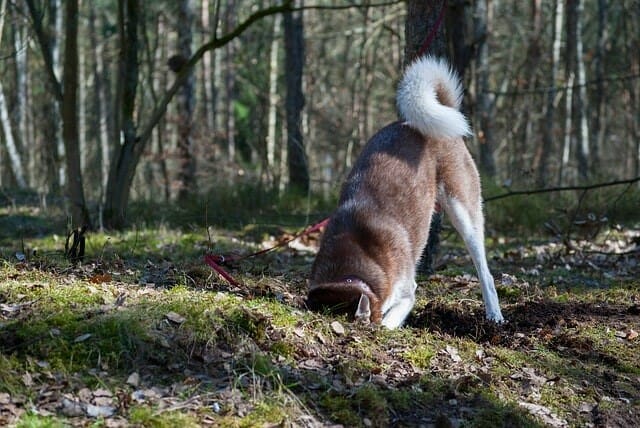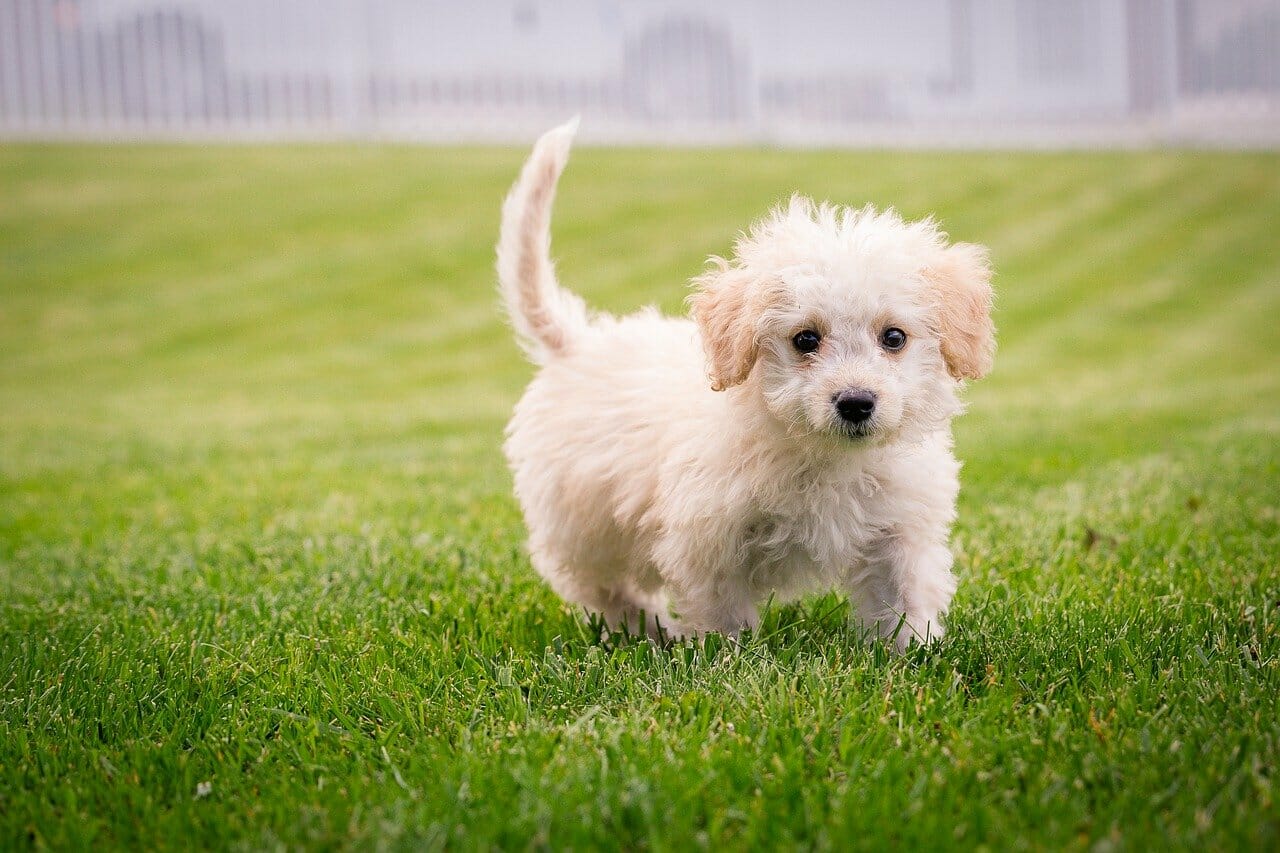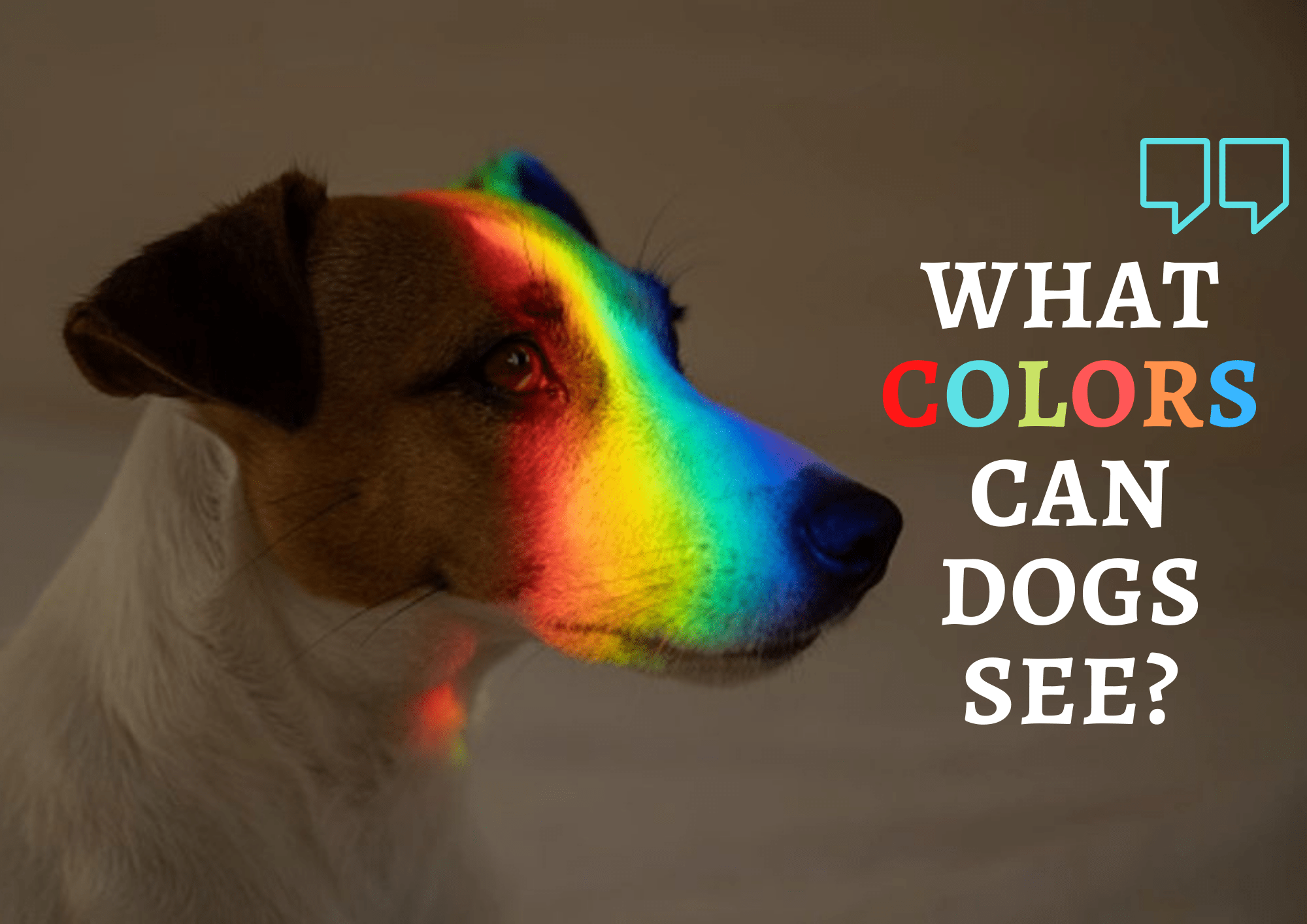Why Do Dogs Have Tails? (The Fact May Surprise You)
The dog’s tail is an extension of its spine and is made up of small segments of bone connected to each other by cartilage and ligaments. Although the dog’s tail is very flexible, it can break if bent too much in one direction or the other. On the other hand, if the dog’s tail is there, it is because it has a function and it should not be cut off, why? We’ll tell you next.
Basic information about your Dog’s tail
The tail is actually an extension of your pet’s spine – it’s simply more flexible and mobile. It is attached to the sacrum, which is a bone at the base of the spine.
The tail has bones called the coccygeal or caudal vertebrae that get progressively smaller along the tail. They have small joints and discs between each bone that cushion them.
There are blood vessels and nerves along the tail, as well as muscles that control the movement of the tail and are also involved in the defecation process in both dogs and cats.
What is the function of the tail?
The tail of dogs is one of the most curious parts of the body of dogs because although everyone sees it, few know its function in-depth and it is not something that is usually talked about very often. Well, it not only helps to know the mood of your pet, but it also fulfills other relevant functions that we show you here.

To Communicate
Our best friend has not yet found a way to talk with his owners or with other animals and therefore has to use his body to communicate in the dog language that is so difficult for us to learn.
The tail of the dog says a lot about the animal. In fact, for those who “speak and interpret” the language of dogs, it is enough to look at the position and movement of the tail to know what the dog is thinking or feeling.
Dogs communicate with a very particular language, a doggy language, in which the tail plays a decisive role in using body language to ask for something or for us to understand their feelings.
Alone or combined with postures or movements, the tail substantially helps the dog to express its intentions and helps us discover the messages it wants to convey.
As he positions and moves the tail, it will be what your dog wants to tell you. The tail reveals the dog’s mood and is the mirror of his emotions. The position of the tail reveals moods and so do his movements.
Taking as a basis the state of relaxation of the animal, we can read the body and tail and then infer the state of mind. If the tail is higher than in its corresponding relaxed state it means alert and/or security. The animal is showing its authority. He is that dominant dog and it will be difficult to make him change his mind. On the other hand, if the tail is lower than in the state of relaxation that corresponds to it and bending it on the belly it shows fear and insecurity.
However, when dogs want to communicate with each other, by waving their tails they manage to spread their smell so that other dogs know that they are in a certain place or that they have passed by; something similar to marking territory or even a technique to attract thanks to some glands that are located under the tail. That is why dogs smell each other; they have unique smells that allow them to be recognized as if they were their fingerprint.
Some Tail Movements and their Meaning
- Relaxed tail and slight movements: it means that you are calm and calm.
- Waving tail with wide and rapid movements accompanied by the hips: the dog is happy. It is the attitude that a dog often adopts when its owner comes home.
- High tail and slow movements: contradictory emotions. It implies agitation, happiness, and joy, but also impatience and nervousness.
- Stiff tail up: The dog is self-confident and has a proactive and diligent attitude.
- Horizontal tail: this means that the dog is alert. And it is good to be cautious.
- Tail horizontal and with slight movements: it can mean a greeting or nervousness.
- Tail very low, between the legs, sometimes with short movements: it shows submission or fear.
To Get Their Bearings
Just as felines do with their whiskers, the tail of dogs fulfills an orientation function, since it allows them to know the breadth of places or the distance between objects or people, either inside the home or when they are on the street; It is for this reason that dogs whose tails are cut off begin to have these types of problems.
To Express Emotions
As we mentioned earlier, this is one of the most common functions, as it is the most obvious; It is about the movements that the dog makes with its tail when it is going through a certain feeling, for example, it will hold it up and completely still in a state of alert, it will put it down and put it under its legs if it feels fear, it will beat it desperately in the face of great happiness, or he can simply lower it and leave it still when he is calm.
To Keep the Balance
Another of the things for which the tail is useful for dogs is to maintain balance, a function that cats’ whiskers also fulfill, in addition to the one that we had previously mentioned; This is because it is the continuation of his spine, so he needs it to avoid falling when he makes certain turns or movements.
Why shouldn’t a Dog’s Tail be Cut off?
Specialists agree that tail docking in dogs is a totally unnecessary custom, as well as cruel since most practices are for aesthetics. There are some countries that prohibit this practice which is punishable by law providing protection to animals against this change in the physical appearance of the animal, in this case, the dog. Apart from the atrocity of mutilating any living being, the tail is important. So why shouldn’t it be amputated?

- Because it would be like cutting off our hands. As mentioned before, dogs use their tails to communicate. They will transmit a lot of emotions through their tails such as happiness, fear, confusion, etc. According to specialists, if you cut off the dog’s tails, they will not be able to transmit their emotions and this can be related to human hands. When we speak, we use our hands also to communicate.
- Because it causes them problems. Experts affirm that many times after this happen to a dog, their behavior change, i. e., dogs can feel emotionally bad for this.
- Because they will have a worse balance. The tail is part of the dog because they need it and it is there to fulfill a function and one of which is to maintain their balance. When the dog is running, jumping, coming, and going, the tail helps to balance their body so definitely, they need their tails in the same way that we need our fingers.
- Because it hurts. People have the belief that the smaller the dogs are, the less pain they will feel since the tail is just cartilage and this is a lie, for this reason, they decide to cut off their tails when they are 2 or 3 days old. It has been proven that puppies suffer during this procedure experiencing not just stress but also pain. This has been shown with 50 puppies that had their tails cut off and all of them cried and yelled during the process because of the wrong belief that they do not need anesthesia. It is important to demolish the myth that dogs (or any other animal) do not feel pain in these practices.
- Because it can be dangerous. The amputation of the dog’s tail is not a simple cut, in the amputation cartilage, nerves, blood vessels, and other tissues are sectioned in addition to the skin. This amputation can cause atrophy and degeneration in the pelvis, in addition to triggering problems with fecal incontinence.
Can the Tail Break?
Yes. The tail can break in different ways such as in a traffic accident or when someone closes the door and the dog’s tail is in the middle, it can also break when someone steps on them too hard or even when the dog jumps and falls badly to the ground.
Depending on the severity of the fracture, sometimes surgery is necessary but in others, it usually heals on its own. After some months, it is possible that the tail is more sensitive, especially where the fracture happened. You will notice that your dog will not allow you to touch his tail and if he feels pain, he will try to bite you as a signal of protection.
Take your dog to the vet for an X-ray to remove any complications.
Related Posts
- Keeping Komodo Dragon as Pet (Know All PROS and CONS)
- Why Do Dogs Have Tails? (The Fact May Surprise You)
- Keeping Mink as Pet (Know All PROS and CONS)
- Spider Monkey Pet (Everything You Need To Know)
- Keeping Moths as Pets (All You Need to Know)
- Why Do Dogs Get Hiccups?
- How Long Can a Dog Go Without Eating?
- How Many Nipples Does a Dog Have?
- Why Do Dogs Roll in the Grass?
- Why Do Dogs Howl at Sirens?






